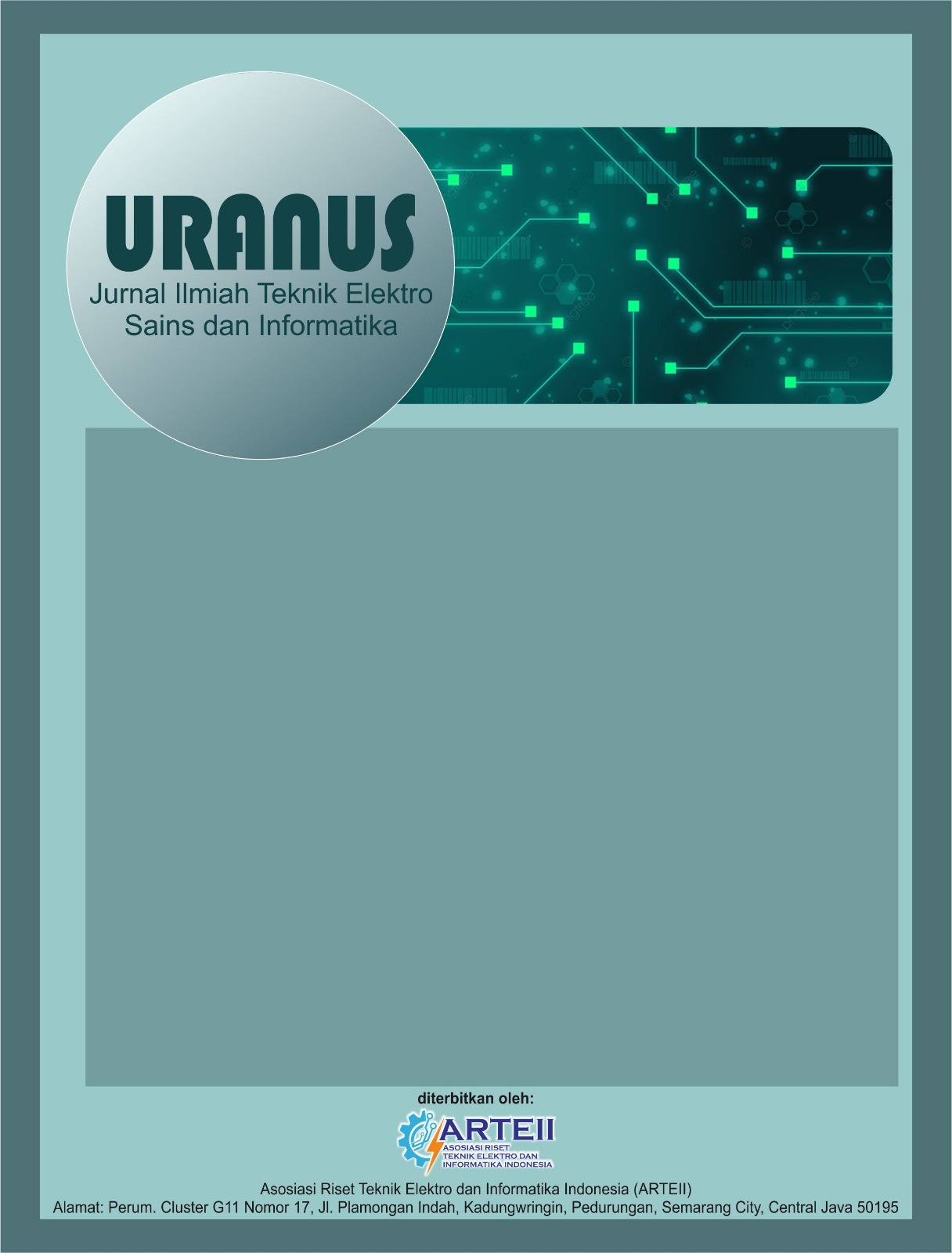Perancangan Blind Stick Berbasis ESP32 dengan Sensor Ultrasonik untuk Membantu Mobilitas Penyandang Tunanetra
DOI:
https://doi.org/10.61132/uranus.v2i4.543Keywords:
ESP32, Ultrasonic Sensor, Smart Stick, Visually Impaired Mobility, Early WarningAbstract
Mobility is one of the major challenges for visually impaired individuals in their daily activities. Visual impairments make it difficult for them to detect obstacles around them, increasing the risk of injury. This study aims to design and develop a smart stick based on ESP32, equipped with an ultrasonic sensor, to assist the mobility of visually impaired people. The system uses ultrasonic sensors to detect the distance of objects and provides early warnings to users through a buzzer, with varying rhythms depending on the proximity of objects. The research methodology includes system design and development of hardware and software, as well as direct testing on visually impaired users. The test results show that the system can detect obstacles with 95% accuracy at distances up to 200 cm, and provide appropriate responses based on the distance of detected objects. In addition, this prototype is energy-efficient, allowing for prolonged use without frequent recharging. This study provides a practical solution to enhance the independence and safety of visually impaired individuals in daily activities, with the potential for further development to improve detection accuracy and user comfort.
References
Dewata, H. C., & Pratama, F. (n.d.). Alat bantu jalan tunanetra menggunakan sensor ultrasonik. Jurnal Teknologi dan Sistem, 5(2), 123–130. https://doi.org/10.47970/siskom-kb.v7i1.452
Firmansyah, F., & Setyawan, B. (2021). Simulasi sistem deteksi ultrasonik pada alat bantu berbasis IoT. Jurnal Sistem dan Teknologi Informasi, 9(1), 45–54.
Nugraha, R., & Santoso, D. (2021). Evaluasi ergonomi dalam desain alat bantu mobilitas untuk tunanetra. Jurnal Teknik Industri, 15(3), 67–78.
Putri, A., & Nugraha, R. (2022). Rancang bangun tongkat elektronik untuk penyandang tunanetra berbasis microcontroller. Jurnal Ilmiah Teknik Informatika, 10(4), 89–97.
Rahayu, P., & Wibisono, A. (2019). Pendekatan co-design dalam pengembangan teknologi assistive untuk disabilitas. Jurnal Desain Produk Indonesia, 6(2), 95–103.
Rahman, M., & Wibowo, S. (2021). Desain tongkat pintar berbasis Arduino untuk penyandang disabilitas netra. Jurnal Elektronika dan Robotika Indonesia, 9(1), 55–63.
Santoso, A., & Setiawan, H. (2020). Sistem peringatan dini untuk tunanetra berbasis IoT. Jurnal Teknologi dan Komunikasi, 8(2), 233–241.
Sari, E., & Hidayat, T. (2020). Analisis kelayakan teknis dan ekonomi pengembangan alat bantu tunanetra berbasis Arduino. Jurnal Teknologi Elektro, 12(3), 78–85.
Surya, D., & Hidayat, T. (2019). Implementasi sensor ultrasonik pada alat bantu tunanetra. Jurnal Teknik Elektro Universitas Andalas, 6(2), 112–120.
Surya, D., & Pratama, R. (2020). Meta-analisis alat bantu untuk tunanetra berbasis teknologi modern di Indonesia. Jurnal Ilmu Komputer dan Informatika, 7(4), 112–123.
Downloads
Published
How to Cite
Issue
Section
License
Copyright (c) 2024 Uranus : Jurnal Ilmiah Teknik Elektro, Sains dan Informatika

This work is licensed under a Creative Commons Attribution-ShareAlike 4.0 International License.





